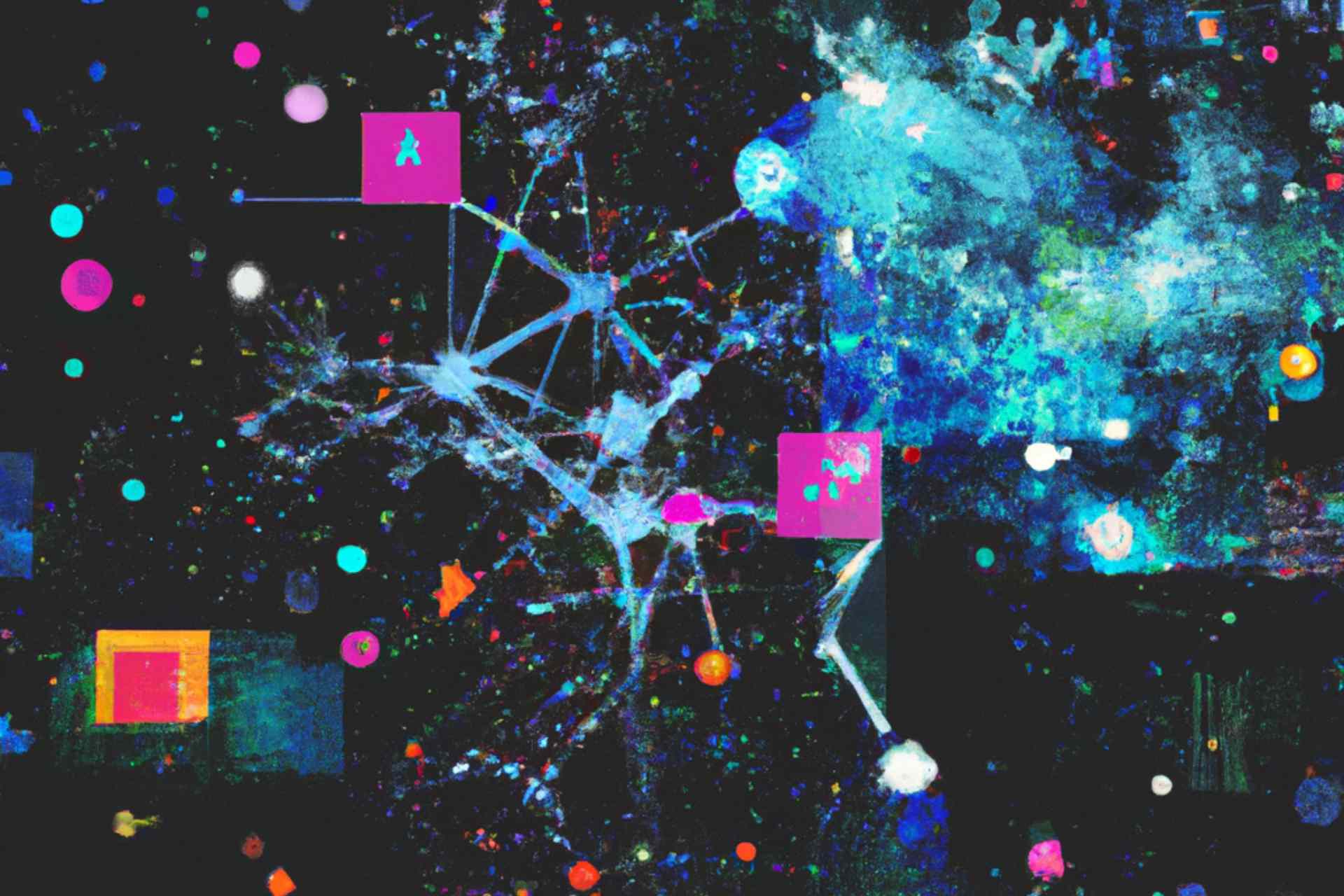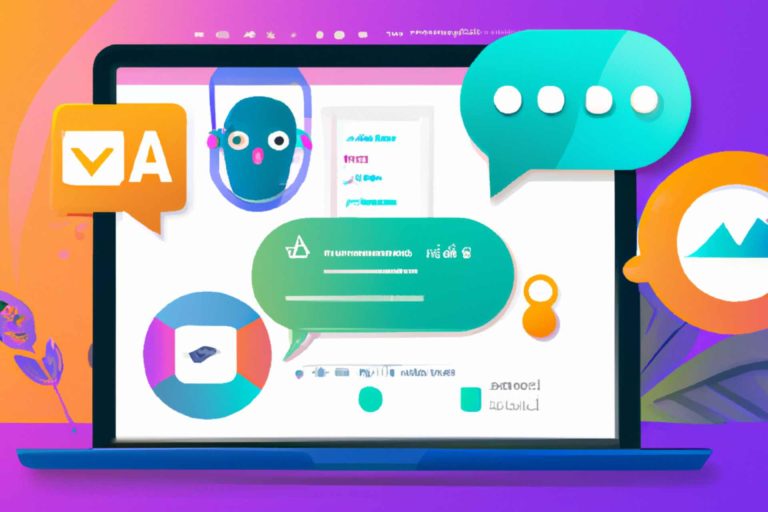OpenAI GPT-4: Exploring the Next Milestone in AI Performance and Multimodal Learning
In the ever-evolving world of artificial intelligence, OpenAI has once again pushed the boundaries with their latest model, GPT-4. This groundbreaking achievement marks a new era in AI performance and multi-modal learning, bringing us closer to human-like capabilities than ever before.
Combining the power of image and text inputs, GPT-4 demonstrates remarkable improvements in areas such as reliability, creativity, and adaptability.
In this article, we will delve into the exciting world of GPT-4, examining its key features, advancements, and the potential it holds to revolutionize the way we interact with AI. Join us as we embark on this fascinating journey, exploring the next milestone in artificial intelligence and the limitless possibilities it presents.
GPT-4 Key Improvements and Capabilities
OpenAI’s GPT-4 is the latest iteration in the Generative Pre-trained Transformer (GPT) series, which has been making waves in the AI community. This state-of-the-art model boasts significant advancements in various areas such as performance, multimodal functionality, and steerability.
As a result, GPT-4 exhibits human-level performance on several professional and academic benchmarks, demonstrating its potential to revolutionize numerous applications.
GPT-4 Comparison to Previous Models (GPT-3.5)
When compared to its predecessor, GPT-3.5, GPT-4 showcases substantial improvements in handling complex tasks. While the distinction between the two models might seem subtle in casual conversations, GPT-4’s superiority becomes evident when tasked with more nuanced instructions.
The model’s increased reliability and creativity make it a more effective and versatile tool for a wide range of applications.
GPT-4 Enhanced Performance on Benchmarks
One of the most significant achievements of GPT-4 is its exceptional performance on various benchmarks. The model has been tested on an array of academic and professional exams, such as the simulated bar exam, where it scored within the top 10% of test-takers.
This impressive feat highlights GPT-4’s ability to outperform not only its predecessors but also many human experts. The enhanced performance of GPT-4 indicates its potential to tackle complex, real-world problems with increased effectiveness.
GPT-4 Multimodal Functionality with Image and Text Inputs
A groundbreaking feature of GPT-4 is its multimodal functionality, which enables the model to accept both text and image inputs. This ability allows GPT-4 to generate text outputs based on a combination of text and visual information, effectively expanding the range of tasks it can handle.
This multimodal functionality is particularly useful in domains that involve documents with text, photographs, diagrams, or screenshots. The introduction of image inputs marks an important milestone in the development of AI systems, bringing them closer to human-like understanding and capabilities.
Improved Steerability with System Messages
Another remarkable aspect of OpenAI GPT-4 is the improved steerability it offers to developers and users. Instead of relying on a fixed verbosity, tone, and style, GPT-4 allows for customization of the AI’s behavior through system messages.
This feature empowers API users to significantly tailor the user experience within predefined bounds. Although adherence to these bounds is not perfect, the ability to control the AI’s behavior using system messages represents a significant step forward in AI alignment and customization.
GPT-4 Limitations and Challenges
Hallucinations and Reasoning Errors
Despite OpenAi GPT-4’s remarkable advancements, it is not without limitations. The model can still produce hallucinations, generating outputs that seem plausible but are factually incorrect or nonsensical.
These hallucinations may arise from the model’s training on vast amounts of data, which can lead to a propensity to generate text that sounds reasonable but lacks accurate information.
GPT-4 can occasionally exhibit reasoning errors, particularly when dealing with tasks that demand complex problem-solving or abstract thinking.
Progress in Reducing Biases
OpenAI has made considerable progress in reducing biases present in GPT-4 compared to its predecessors. However, it is important to recognize that biases still exist within the model. These biases stem from the data used during training, which inevitably includes biased content from the internet.
While OpenAI continues to make strides in addressing this issue, users should remain mindful of potential biases when interacting with GPT-4 or using it for decision-making processes.
Knowledge Cutoff and Inability to Learn from Experience
One critical limitation of GPT-4 is its knowledge cutoff, which is determined by the point at which it stopped being trained. As a result, GPT-4’s knowledge is limited to the information it acquired up until September 2021. Consequently, the model is unaware of any events or developments that have occurred since then.
Additionally, GPT-4 lacks the ability to learn from experience or update its knowledge base in real-time, which means it cannot engage in an iterative learning process like humans. This limitation highlights the need for continuous updates and improvements to AI models to keep them current and relevant.
GPT-4 Safety Considerations and Mitigations
Expert Engagement and Adversarial Testing
OpenAI is committed to ensuring the safety of its AI models and has taken several steps to address potential concerns. One such measure involves engaging with AI experts and the broader research community to gather valuable insights and feedback.
Adversarial testing is another crucial aspect of the safety process, where the model is intentionally challenged to identify vulnerabilities and potential issues. By subjecting GPT-4 to this rigorous testing, OpenAI can identify areas for improvement and work towards enhancing the model’s safety and reliability.
Incorporating Safety Reward Signals during Training
To further improve GPT-4’s safety, OpenAI has implemented safety reward signals during the training process. These signals help guide the model’s behavior, encouraging it to generate outputs that align with safety goals and discouraging harmful or untruthful responses.
By integrating safety reward signals, OpenAI aims to create a more secure and reliable AI system that can be trusted to generate valuable insights and perform tasks without causing unintended consequences.
Improvements in Safety Properties Compared to GPT-3.5
Compared to its predecessor, GPT-3.5, GPT-4 boasts significant improvements in safety properties. OpenAI has refined the model’s architecture and training process, focusing on addressing known safety concerns and minimizing the likelihood of harmful outputs.
These enhancements have resulted in a more robust AI system that is better equipped to handle complex tasks while minimizing the risk of adverse outcomes. With a continued emphasis on safety research and development, OpenAI aims to set the standard for responsible AI deployment and usage in the future.
GPT-4 API Access and Details
GPT-4 Waitlist and Researcher Access Program
OpenAI understands the importance of providing researchers and developers with access to their cutting-edge AI models. To facilitate this, they have introduced the GPT-4 Waitlist, which allows interested parties to join a queue for gaining access to the GPT-4 API.
Additionally, OpenAI has launched the Researcher Access Program, aimed at providing the academic community with an opportunity to explore and experiment with GPT-4 for their research projects. This program ensures that the AI community can collectively work towards understanding and leveraging GPT-4’s capabilities for various applications.
GPT-4 Pricing, Rate Limits, and Context Length
As GPT-4 becomes more widely available, OpenAI offers a range of pricing options, rate limits, and context length allowances to accommodate different user needs. Pricing tiers cater to individual developers, businesses, and researchers, ensuring that GPT-4’s capabilities are accessible to a diverse audience.
Rate limits and context length allowances are designed to balance system performance and user requirements, enabling a wide range of applications while maintaining optimal system functionality.
Limited Access to 32,768-context Version
OpenAI has developed a highly advanced version of GPT-4 that can handle a context length of up to 32,768 tokens. However, due to the computational demands of this version and the need to ensure the responsible use of AI technology, access to the 32,768-context version is currently limited.
OpenAI continues to work on refining this version and plans to expand access in the future, as they remain committed to sharing their advancements with the broader AI community while maintaining safety and ethical considerations.
Final Thoughts
In summary, GPT-4 is poised to make a significant impact across a diverse range of applications, thanks to its enhanced performance, multimodal functionality, and improved steerability. As the AI community continues to explore the model’s capabilities, there is immense potential for groundbreaking developments in natural language processing, image recognition, and other fields.
OpenAI encourages researchers, developers, and users to actively engage with GPT-4 and contribute to its ongoing development. Through collaboration and shared learning, the AI community can unlock even greater possibilities and ensure that GPT-4 serves as a powerful tool for innovation and progress.
As we look to the future, we can expect OpenAI to continue refining GPT-4, addressing its limitations and challenges, and enhancing its safety and ethical considerations. With each new iteration, the model will become more robust, versatile, and useful, shaping the future of artificial intelligence and transforming the way we interact with technology.
Ready to revolutionize your work with cutting-edge AI tools? Try Inkmate.ai today and experience the full potential of our comprehensive AI-powered tool suite. Don’t wait – start your free trial now and unlock your creative possibilities!






